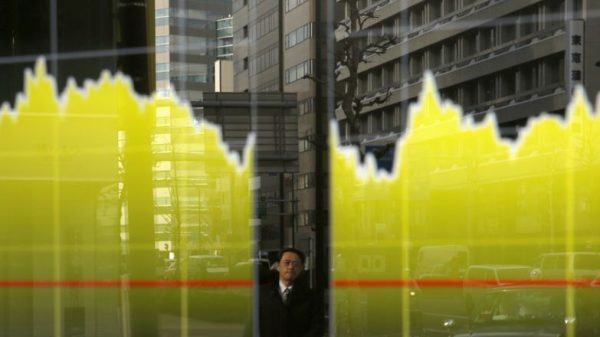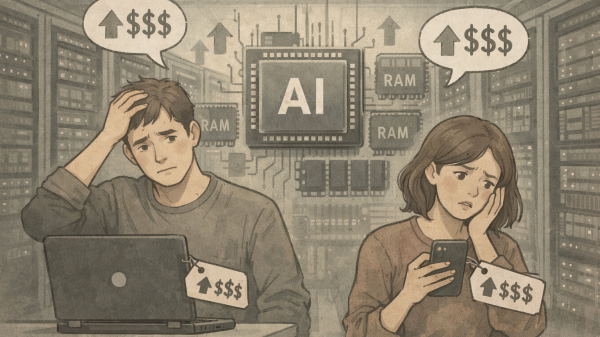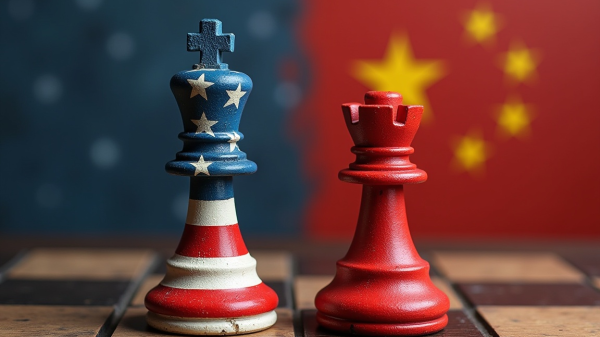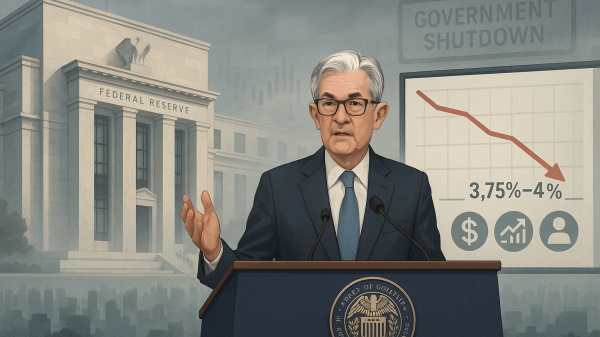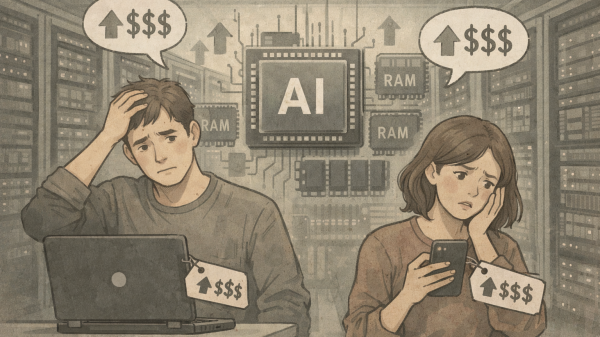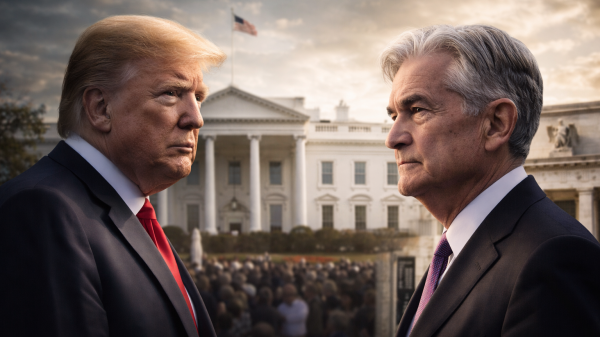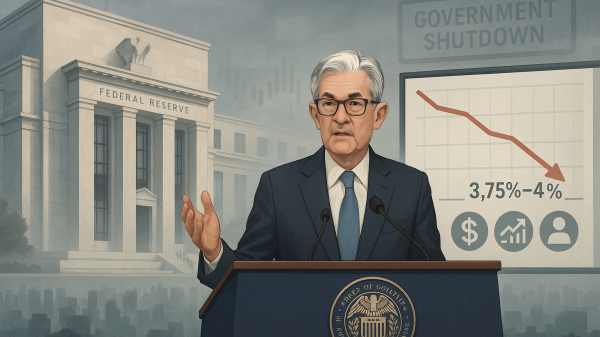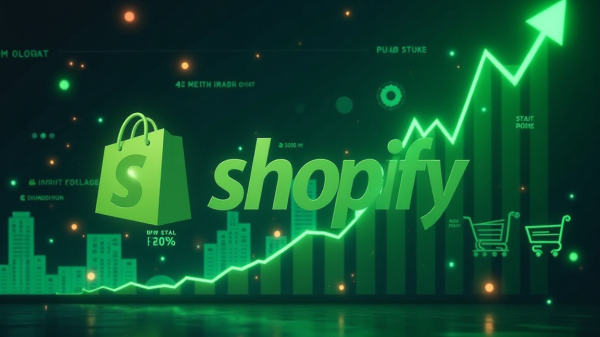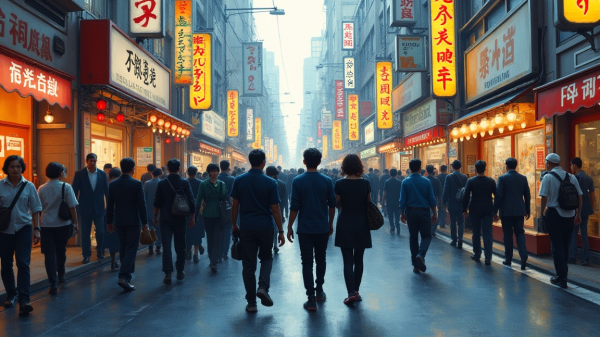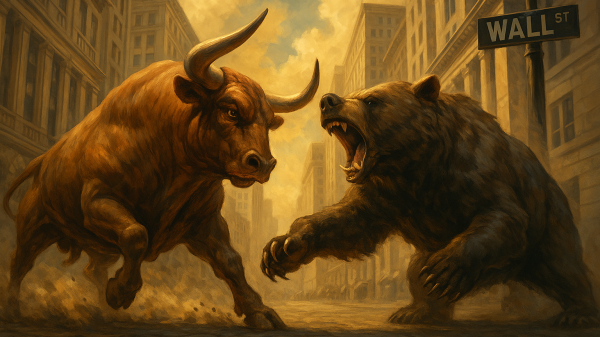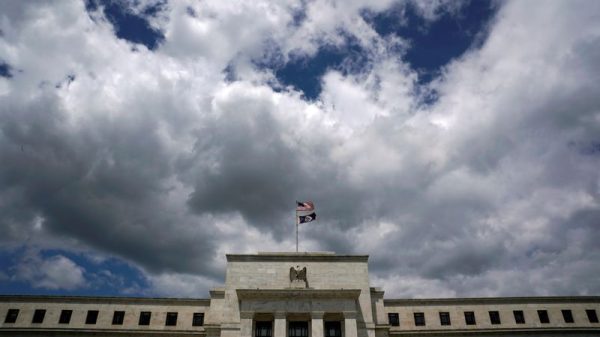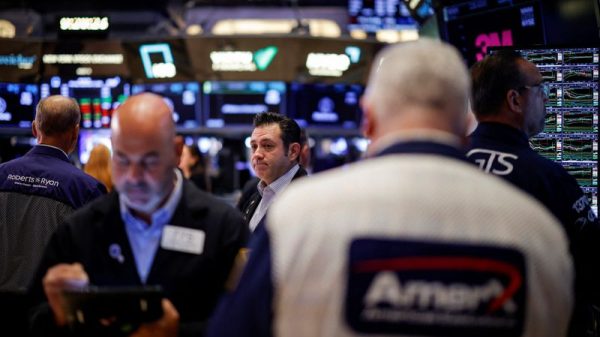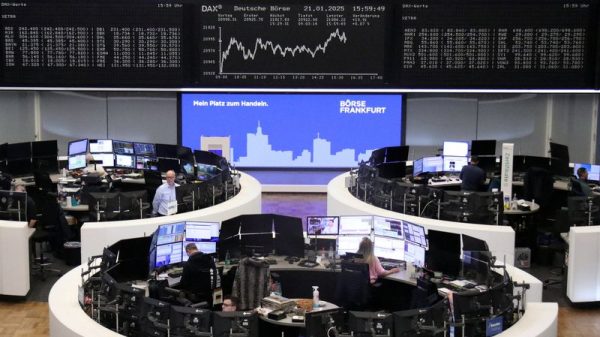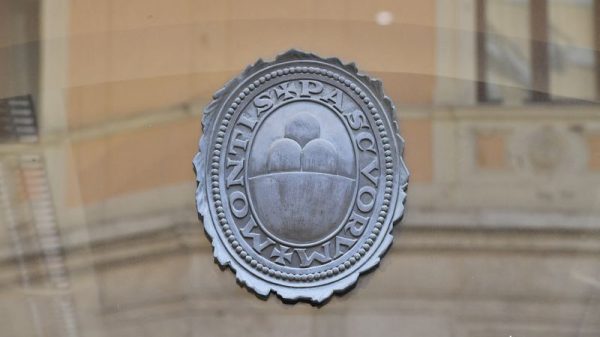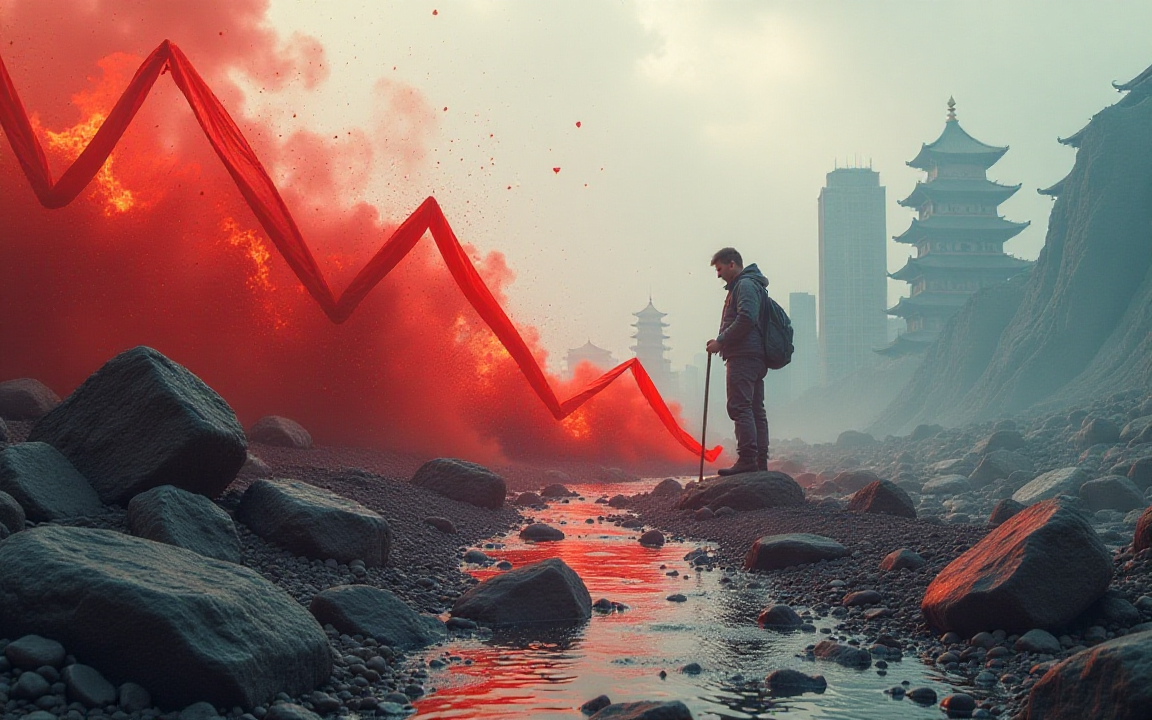China’s economy is officially expanding. GDP rose 5.2% in the second quarter of 2025, slightly above expectations.
Retail sales jumped 6.4% in May. Exports have gained short-term momentum thanks to the recent trade deal with the United States.
But these headline figures tell only part of the story.
Beneath the surface, deflation is taking hold, consumers are scaling back, and Beijing is running out of ways to keep spending alive. The growth is real, but it’s not reliable.
China’s economy is entering a phase where stimulus masks stagnation, and the old playbook no longer works.
Deflation is the real threat, not tariffs
The loudest alarm bell in China’s economy right now isn’t the trade war. It’s deflation.
Consumer prices are expected to rise just 0.3% this year, the weakest rate in more than a decade. Producer prices are projected to fall by 2%, marking the deepest drop in nearly two years.
Meanwhile, consumer inflation has been below zero for three straight months until June. That hasn’t happened since the 1960s.
These numbers matter. They suggest domestic demand is not strong enough to absorb supply. In simple terms, companies are cutting prices because people aren’t buying.
It’s already eating into margins. BYD, one of China’s flagship electric vehicle makers, has slashed prices by up to 34%. Other companies are following.
This isn’t a temporary dip. It’s part of a cycle where weak consumption leads to falling prices, hurting profits, and ultimately jobs.
Lower incomes make consumers even more cautious, pushing demand down further.
The feedback loop has started. And it’s hard to stop once it begins.
GDP is up, but growth is built on sand
China’s 5.2% second-quarter growth number looks healthy. But most of the growth came from short-term measures.
One of the main drivers is the export sector, where shipments surged in June as Chinese firms rushed to fulfill orders before a fresh round of US tariffs began in August.
This front-loading effect helped China post a record trade surplus of $586 billion in the first half of the year, a headline number that hides more than it reveals.
Exports rose 5.8% year-on-year in June, beating expectations, but not because of a real recovery in global demand.
The rebound was driven by a short-lived dip in US tariffs following negotiations in May.
This led to a temporary spike in shipments to the US, even though exports to America were still down 16.1% compared to last year.
The real driver of resilience came from Southeast Asia, where exports jumped 17% year-on-year, as Chinese firms redirected goods through ASEAN markets.
But this workaround may not last. The US is now targeting transshipment routes, imposing steep new tariffs on goods routed through Vietnam and other trading partners.
That threatens not just direct exports to the US, but also China’s broader supply chain footprint in the region.
The rebound in trade looks more like a last-minute sprint than a return to form.
The property crash broke the economic engine
The property market is still in free fall. Home prices dropped at their fastest pace in eight months in June.
Property investment fell sharply in the first half of the year, despite repeated rounds of support.
This is more than a housing crisis. Real estate has been the primary store of wealth for China’s middle class.
It supported decades of growth, not just through construction and jobs, but by making households feel richer. Now that asset values are falling, consumers are pulling back hard.
The government is pushing new models like urban village redevelopment. But the trust has been broken. Households are not convinced this market is coming back.
And if they don’t believe their savings are secure, they won’t spend. That’s why interest rates or factory output aren’t the missing piece right now. Confidence is.
Will subsidies help consumers?
The $42 billion trade-in subsidy worked in the short term. Retail sales rose, and stores reported a temporary spike in activity. But most consumers are still holding back.
Interviews with buyers and workers show the same themes: income cuts, fear of job loss, and growing frugality.
Even high-skilled workers like doctors reported wage cuts.
People are buying when they see a deal, but they are not returning to normal spending behavior. Many are cutting back in other areas even while using subsidies to buy big-ticket items.
This isn’t just about money. It’s about trust. When people fear instability, they save more, even when they have the means to spend.
China’s social safety net is limited. Many workers, especially in the gig economy, have no unemployment insurance.
Families are saving because they have no other option if things go wrong.
A new model for China’s economy?
Beijing knows it has to change course. Premier Li Qiang has called for a pivot toward building a “megasized consumption powerhouse.”
The government has started rolling out direct payments to families with children under three, a rare move in China’s top-down system.
Some economists see this as a potential turning point. A massive transition from infrastructure-driven growth to direct household support.
But the change is slow. Monetary policy remains conservative. The central bank is expected to cut rates by only 10 basis points in the fourth quarter. Fiscal policy is limited by debt concerns.
Meanwhile, households remain conservative. They’re not convinced the new model will work, and the government hasn’t given them a reason to believe it yet.
China’s biggest challenge is no longer building fast. It’s convincing its own people that the future is still worth investing in.
The post Is China’s economy growing or shrinking? here’s the truth behind the data appeared first on Invezz


